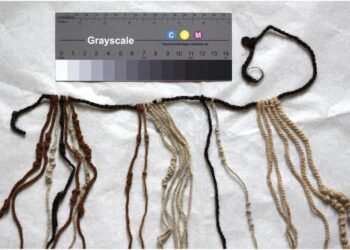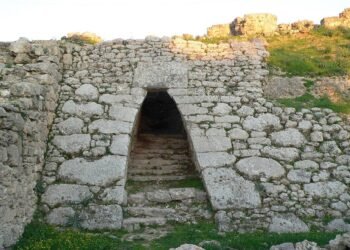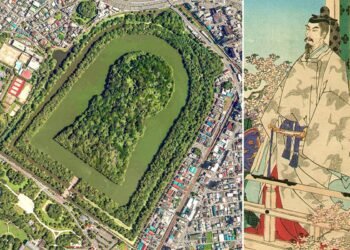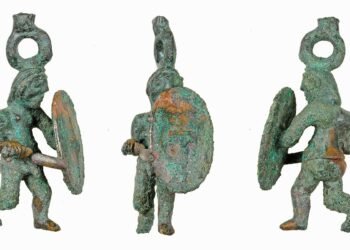New research on the lives of Ice Age teenagers reveals that they experienced puberty in ways remarkably similar to adolescents today. Published in the Journal of Human Evolution, the research examines 13 adolescent skeletons from the Upper Paleolithic period, dating back around 25,000 years. The study, led by Professor Mary Lewis of the University of Reading, offers a glimpse into the physical and social development of these ancient individuals.
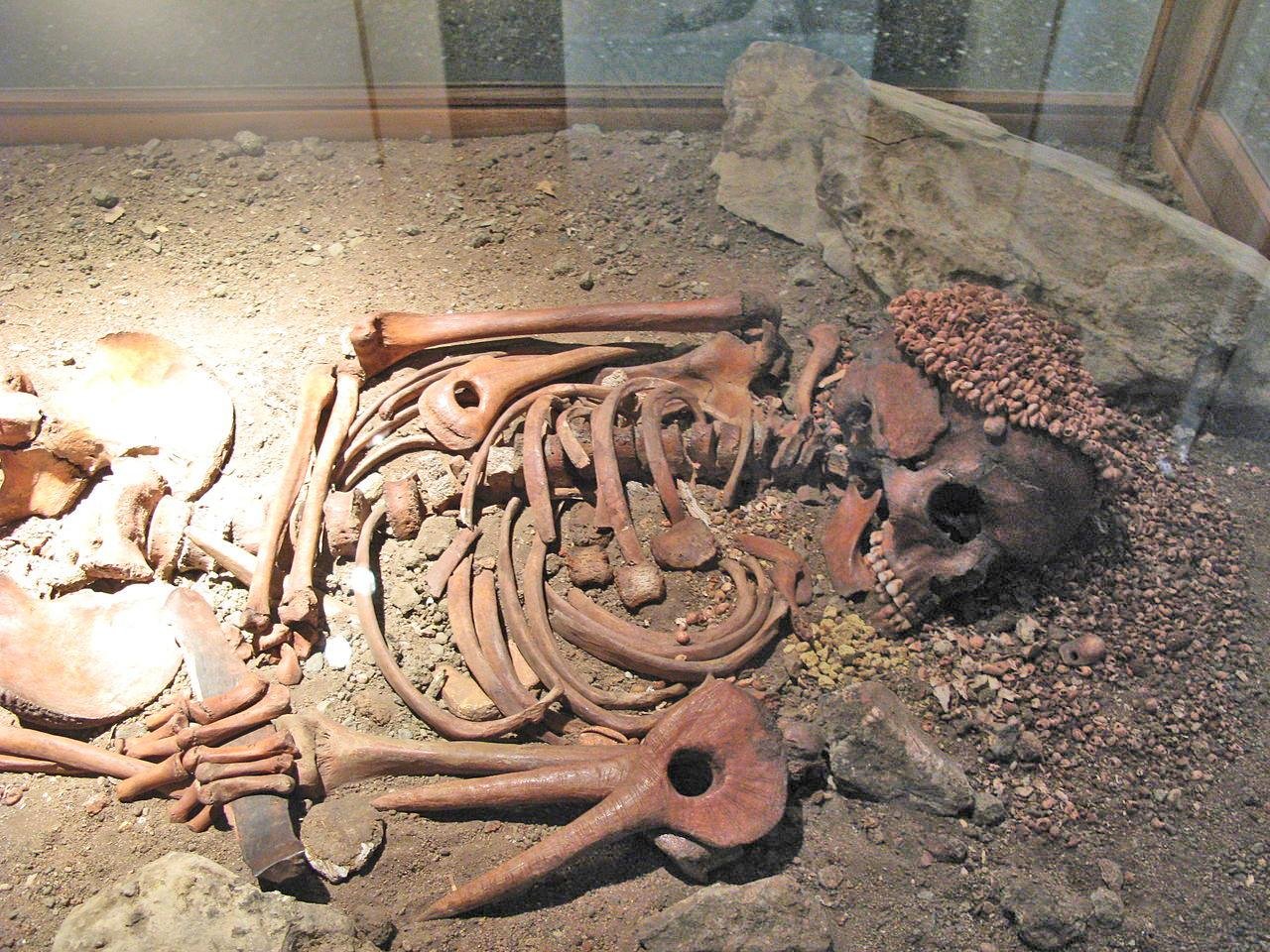
The skeletons, which belonged to teens between the ages of 10 and 20, were unearthed at archaeological sites in Russia, Italy, and Czechia. By examining specific markers in the bones, researchers were able to infer different stages of puberty. This marks the first time that Lewis’s method for estimating puberty stages, previously applied to more recent populations, has been used on Paleolithic fossils. The technique focuses on the mineralization of canine teeth and the maturation of bones in areas such as the hand, wrist, and pelvis to determine the individual’s developmental stage at the time of death.
According to paleoanthropologist April Nowell from the University of Victoria, who co-authored the study, the findings show that these Ice Age adolescents entered puberty at roughly the same age as teens in modern wealthy countries—around 13.5 years old. However, they took slightly longer to complete the process, reaching full adulthood between 17 and 22 years old, compared to the typical range of 16 to 18 years in contemporary societies. “What we see is that they are actually following a blueprint for puberty that was established thousands of years ago,” Nowell explained.
One of the more unique aspects of the study was its examination of a male adolescent, known as “Romito 2,” who had a form of dwarfism. Romito 2’s skeleton suggests that although he was well into puberty, his development lagged behind his peers. His deeper voice and the presence of fine facial hair indicated that he could father children, but his short stature, around 3.3 to 4.25 feet, might have led his community to perceive him as more childlike. Interestingly, Romito 2 was buried in the arms of an older woman, an unusual practice that researchers believe may reflect his unique status within his community.

The study’s findings challenge the traditional perception that life in prehistoric times, often described as “nasty, brutish, and short” by philosopher Thomas Hobbes, was entirely harsh. Instead, the research reveals that many Ice Age adolescents were relatively healthy and experienced puberty in a manner not too different from modern teens. However, some physical maturity delays were likely due to the demanding and hazardous lifestyles they led.
The researchers also investigated the onset of menarche, or the beginning of menstruation, in female adolescents. Although the sample size was small—only five females—the team estimated that menstruation likely began between 16 and 17 years of age, later than the average age of around 12 for modern girls in the U.S. but comparable to modern hunter-gatherer populations.
This research, which involved institutions from Canada, the UK, Monaco, and Italy, builds on earlier work focusing on the roles of adolescents in Upper Paleolithic societies. Dr. Jennifer French from the University of Liverpool emphasized that adolescents had been overlooked in previous studies of prehistoric life. “Adolescents in Ice Age societies hadn’t been a particular focus of research until we started our work on this topic. But, as this study shows, research focusing on this social group can tell us a lot about health and living conditions in this period, as well as about the specific roles of adolescents and the experience of being a teenager tens of thousands of years ago,” French noted.



